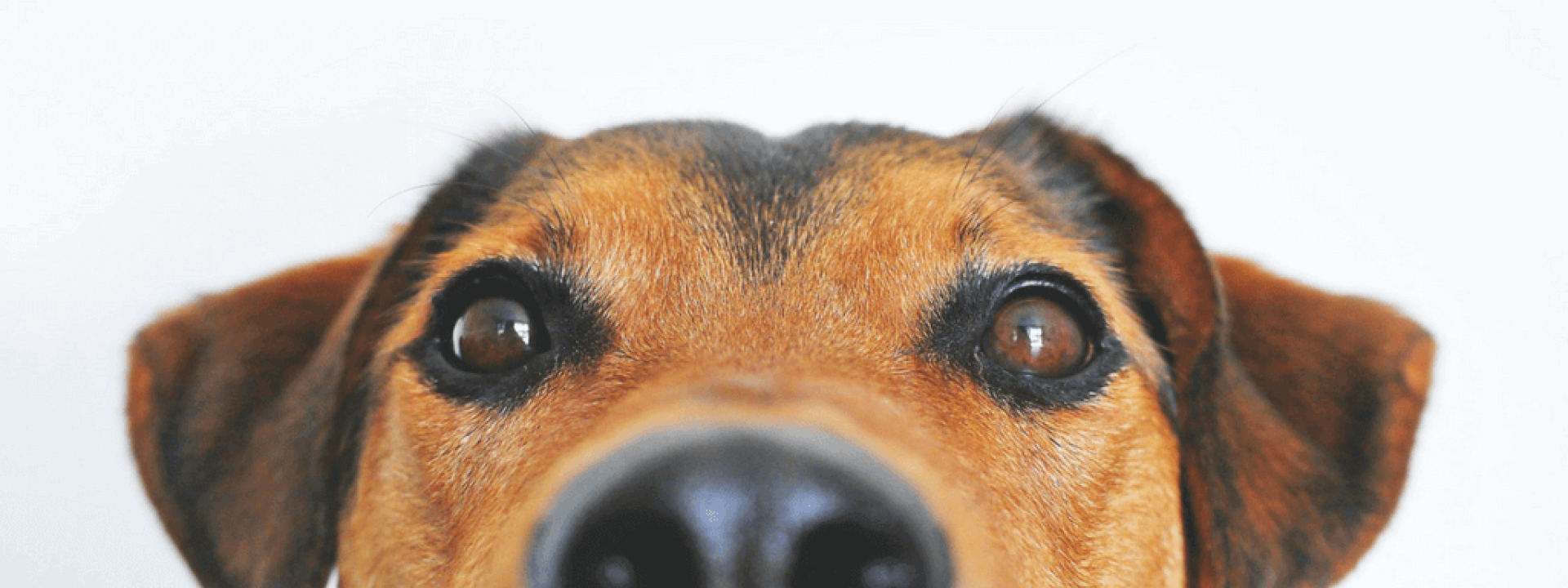You’re not alone if you wrinkle your nose at the idea of “dog anal glands”. After all, “anal glands” are not approved dinner conversation in most circles, and they're probably something you’d rather not think about.
However, some dogs have problems with theirs and if you’re reading this, your dog may be one of them. You may also know that if left ignored, dog anal gland problems can develop into a painful medical condition.
Before we discuss potential complications with your pup’s hindquarters and how to prevent them, let’s discuss what they do.
What’s the Purpose of My Dog’s Anal Glands?
PetMD states, “Anal glands, or anal sacs as they are sometimes called, are small paired pouches located between the internal and external anal sphincter muscles, one on each side of the anus at roughly the 4 and 8 o’clock position. They empty through short and narrow ducts just inside the anus. Each sac is lined with abundant, modified sebaceous (oil) and apocrine (sweat) glands. The secreted substance is normally an oily, brownish fluid that packs a strong odor."
It turns out there are a couple of purposes of these glands. One is to help your pup leave his signature scent behind, thereby marking territory - kind of the equivalent of lifting a leg on a favorite bush or fire hydrant. This is why dogs are so interested in sniffing one another's hindquarters.
These glands also help ease the transition of your dog’s stool out of his body and onto the ground. The problem occurs when the glands become impacted, or there are other complications.
Complications with Anal Glands
Sometimes your dog’s anal glands get full and your pup is unable to release the liquid inside. If you find your dog scooting across the floor or seeming far too interested in his back end region, it could be due to impacted anal glands. PetMD says, "Liquid held inside the sac is usually expelled when a dog defecates, but if this does not occur on a regular basis, the material inside thickens, which makes it harder to pass. If this situation persists, the gland may become impacted, inflamed, and infected. The gland can even abscess and rupture through to the skin surface.”
You can imagine this is uncomfortable at best and extremely painful at worst. “Anal glands fill for a number of reasons: most commonly when the dog's stools are soft (for example, after a few days of diarrhea), so insufficient pressure has been exerted to empty the glands. Whenever they fail to vacate properly there's a chance of becoming impacted or, even worse, infected - a very painful condition requiring urgent veterinary treatment.
Impaction results from blockage of the duct leading from the gland to the opening, with the gland usually becoming non-painful but swollen. However, infection can result from prolonged impaction giving the glands a chance to build up nasty bacteria resulting in pain, increased swelling and, sometimes, even abscesses and fever.” (Source: The Kennel Club.)
Other complications include tumors or even oddly positioned anal sacs. Your veterinarian can help determine the source of the problem. 
Treating Anal Gland Problems
"Problems with the anal sacs are common in all dogs, regardless of size or breed. If you are concerned that your pet may have an anal sac problem, call your veterinarian at once. Treatment for impaction involves expressing or emptying the sacs. If the impaction is severe or if there is an infection, it may be necessary to flush out the affected sac to remove the solidified material. Since these conditions are painful, many pets will require a sedative or an anesthetic for this treatment. Antibiotics are often prescribed and sometimes may need to be instilled into the sacs over a period of several days. In advanced or severe cases, surgery may be necessary. Most dogs will require pain relief medications for several days until the swelling and inflammation have subsided." (Source: VCA Hospitals.)
Your veterinarian will assess your dog and help you make an informed treatment plan.
Preventing Dog Anal Gland Problems
Your veterinarian may recommend a diet change. For some dogs, an increase in fiber can help firm up stools. You might also try a protein-based food that your dog isn’t used to eating. Novel proteins like bison can help.
According to Mercola, "A constant diet of just one or two types of protein can trigger an allergic inflammatory response. Unaddressed food allergies are a quite common cause of chronic anal sac issues.” When you change up your dog's diet with new types of protein, that can help, but you should always consult your veterinarian regarding allergy testing. Plus, any diet changes should be made gradually - again, your vet can help here.
Another way to prevent impacted anal glands is to walk your dog frequently and keep him at a healthy weight. Dogs that are overweight and/or don't get enough exercise are at greater risk.
If your dog is prone to bouts of diarrhea, please make an appointment with your veterinarian to determine the reason why as it can be a symptom of many health issues, including anal gland problems.
